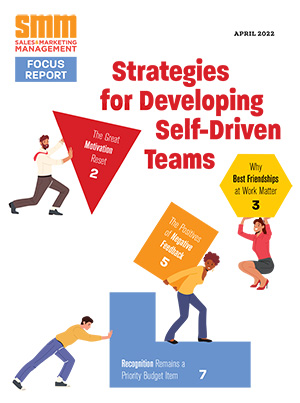In 2025, marketers face a paradox. The very tools meant to save time are quietly stealing it.
And this time drain isn’t always obvious. Instead, marketers are encountering strategic, subtle inefficiencies embedded deep in our well‑meaning workflows. Here’s how to spot five of them and pivot so that your time is dedicated to what truly matters.
1. The AI Micromanagement Paradox
The Problem
Artificial intelligence was supposed to be the ultimate timesaver, yet it has created a new form of inefficiency – endless tinkering.
Marketers are now wasting precious hours “perfecting” AI-generated content, tweaking prompts for marginal gains, and getting lost in the minutiae of AI-driven campaign adjustments. Instead of leveraging AI as a powerful assistant to handle 80% of the work, many are treating it like an intern who requires constant supervision, defeating its primary purpose of automation and speed.
The Smart Pivot
- Establish clear guardrails up front. Define tone, structure and key messaging before invoking AI tools.
- Let AI own the first draft then focus your human energy on creative strategy, polishing and interpretation.
- Deploy a “80/20 mindset.” Trust AI to handle the heavy lifting, while reserving human attention for final refinement and insight.
2. The Hyper‑Personalization Mirage
The Problem
The age of generic marketing is over, but it’s been replaced by a potentially more wasteful pursuit: hyper-personalization without purpose.
Hours are lost crafting dozens of micro-segments and bespoke messages, often without lifting performance or ROI. While consumers expect personalization, they don’t necessarily need a unique experience for every single interaction. The effort expended on micro-segmentation often outweighs the benefits.
The Smart Pivot
Prioritize “valuable personalization.” Identify the stages in the customer journey where tailored content truly moves the needle. These are often welcome sequences, cart abandonment and milestone communications.
Segment for impact, not complexity. Focus on a handful of meaningful groups rather than chasing a “segment of one.”
3. Drowning in the First‑Party Data Swamp
The Problem
In the post‑third‑party-cookie era, the rush to amass first-party data is understandable, but if unchecked, it leads to data hoarding. Complex, siloed systems become maintenance nightmares, sometimes called a “data swamp,” consuming more time than it ever delivers in insights.
The Smart Pivot
Start with activation. Before collecting any data, ask, How will this be used to improve the customer experience?
Prioritize unification. Invest in systems that unify and analyze data, turning it from a liability into a strategic asset.
4. Chasing Ghosts with Outdated SEO and Content Approaches
The Problem
AI-powered search and recommendation tools are reshaping how audiences discover content. Yet many teams persist in creating low-value, keyword-stuffed content optimized for yesterday’s SEO algorithms. That effort chases diminishing returns.
The Smart Pivot
Shift from SEO-first to value-first. Create content that thoroughly answers complex questions or addresses pain points. This is the type of content that both people and AI tools value.
Think evergreen value. Prioritize depth, clarity and authority. This content will persist regardless of how it’s surfaced.
The Friction of a Disconnected Tech Stack
The Problem
Marketing technology is meant to create efficiency, but a poorly integrated “Frankenstack” of tools does the opposite. Marketers are losing significant time navigating incompatible systems, manually transferring data between platforms and dealing with technical glitches that arise from a lack of cohesion.
The Smart Pivot
Run a stack audit. Identify bottlenecks, overlapping tools and integration gaps.
Prioritize consolidation. Choose tools that integrate natively wherever possible. A lean, connected stack often delivers more efficiency—and fewer headaches—than a sprawling, disjointed one.
Why This Matters in 2025 and What Data Tells Us
Economic uncertainty and budget pressure are placing enormous strain on marketing leaders. In fact, 99% of CMOs cite geopolitical and financial volatility as key concerns for the next five years, with many anticipating growing pressure on budgets and priorities.
Simultaneously, resource constraints are very real. A majority of demand-gen marketers (62%) point to budget limitations, while over 50% cite internal resource and content challenges, highlighting where time leaks matter most.
Together, these stats underscore a core truth: in this high-stakes environment, time is the most fragile currency marketers hold.





